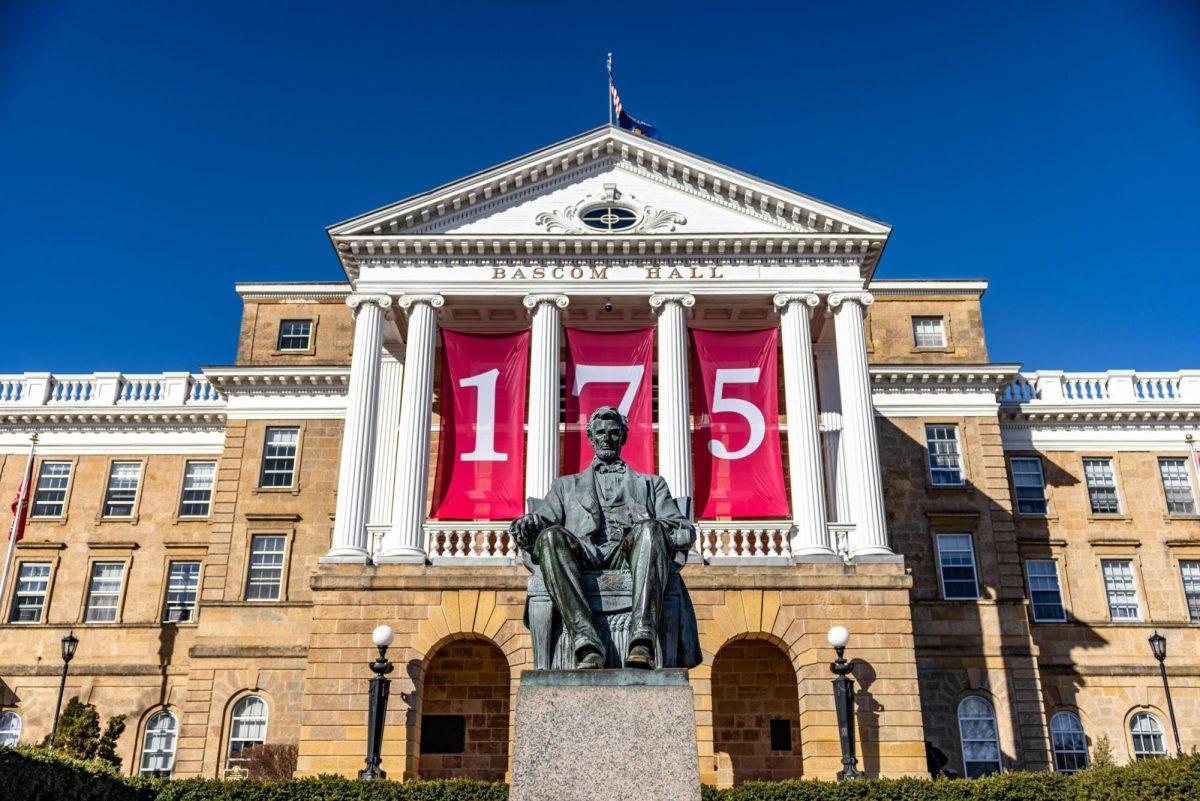The 2025 edition of the U.S. News Best Colleges list ranked UW-Madison 39th out of 438 universities on the National University Rankings list and 13th out of 225 on the Top Public Schools list. UW-Madison was tied with University of California-Santa Barbara for both of these rankings.
According to U.S. News, the rankings are based on 17 factors including graduation rates, first-year retention rates, borrower debt, faculty salaries and student-faculty ratio.
The U.S. News rankings also include specific programs at each university. This year, UW-Madison was ranked 13th in best undergraduate engineering programs, second in Insurance Business, eighth in Marketing, first in Real Estate, eighth in Computer Systems, ninth in Programming Languages, 26th in Nursing, 19th in Economics and 42nd in Undergraduate Research.
UW’s real estate program, ranked #1 in the nation for the third year in a row, is the largest in the country and has been around for over 120 years, according to Tim Carr, director of the program.
“Even the [schools] that are coming in, for example, second and third, we’re multiples larger than them,” Carr said.
The real estate program, which runs out of the Wisconsin School of Business, is the third largest major in the school, behind finance and marketing. The program focuses on real-world applications and preparing students for the realities of the real estate market.
“When the students leave us, can they do the job right away? That’s our focus. And we’ve really changed our curriculum over the last number of years to put a direct focus on that,” Carr said.
According to Carr, these curriculum changes include experimental and applied learning and the capstone course, which changes every year to ensure that students are getting real-time education.
“It’s difficult to teach, because you have to prepare for those cases every single semester, and they’re new. But for the student, it’s applied, it’s current, it’s real,” Carr said.
The real estate program funds excursions for students to Chicago, Milwaukee and Minneapolis to observe different types of real estate development. The goal of these free trips is to encourage students to think about what specific aspect of real estate interests them, according to Carr.
According to Carr, there were clubs associated with the real estate program that initially did these trips, but the clubs generally required payment.
Carr said that inclusion and equal opportunity are major concerns for the real estate program.
‘Through some of the clubs, you can go on trips, but you generally have to pay. What about the students that can’t? We want this to be open for everybody, and we wanted to make that a priority,” Carr said.
According to Carr, the faculty and alumni are what make the real estate program what it is. Faculty and alumni are resources that aid in the success of students, especially in the case of the real estate program.
“For example, our classes are a little more specialized,” Carr said. “We didn’t have tutors given to us from the university or even the business school. So, we actually created our own tutoring program so that we can help students.”
When it comes to the importance of these rankings, Carr spoke on their involvement with student enrollment, claiming that exploring rankings is a good first step in the college decision process and does serve to increase student enrollment initially.
“Once students start taking the classes, then they decide if it’s for them or not. So longer term, it may bring people to our school from other schools, but do they come here instead of another [school] if we were ranked fifth? But over time, I think it does influence some people.” Carr said.




